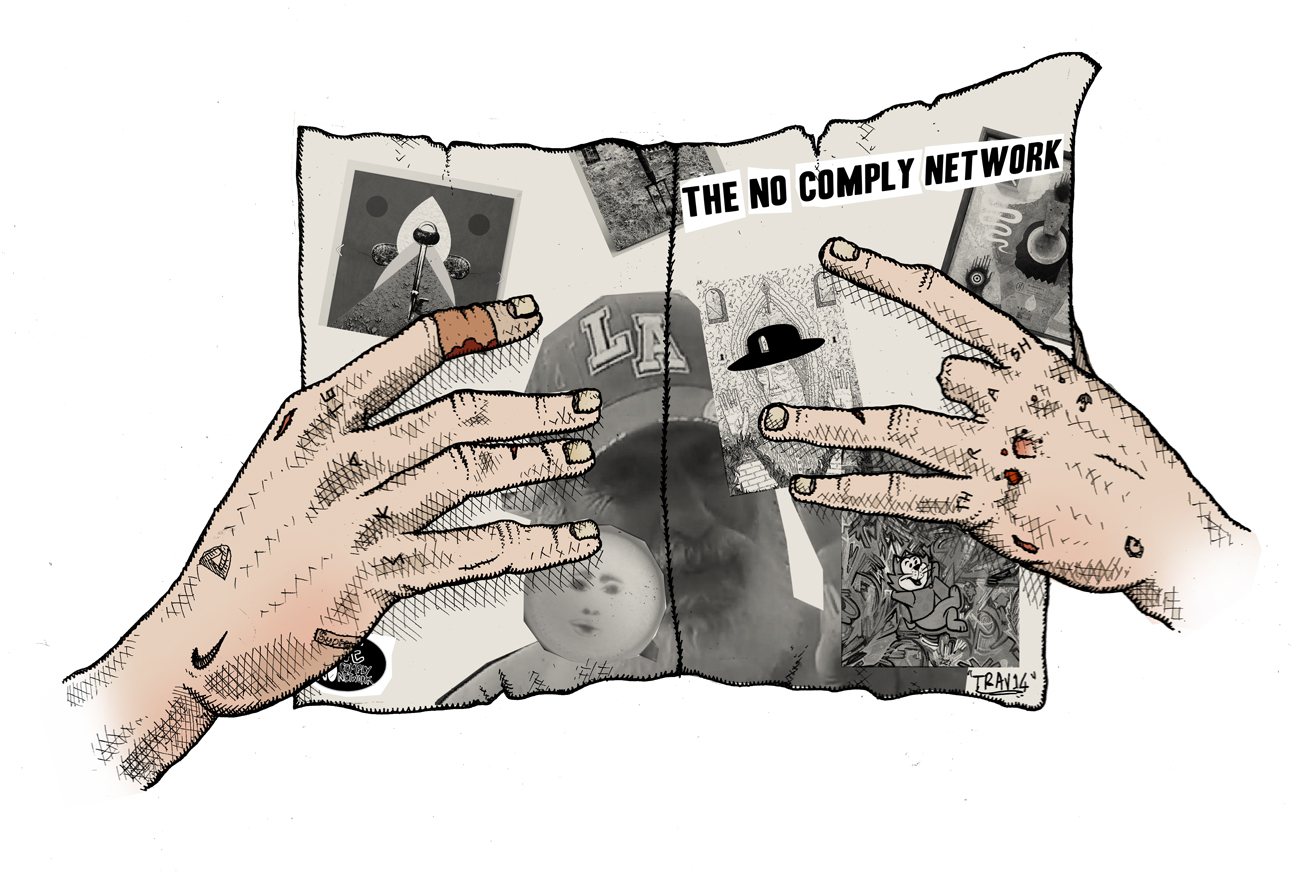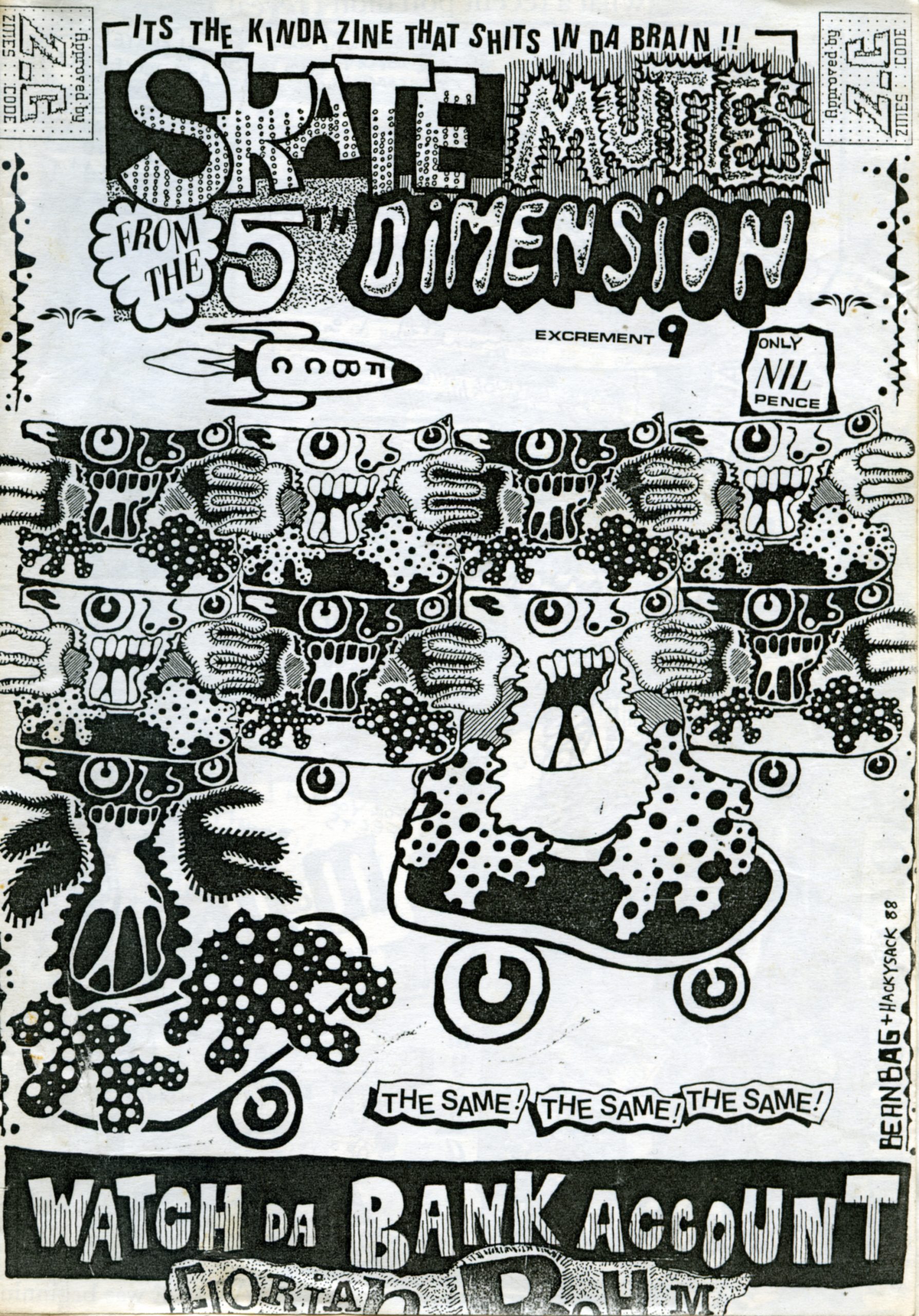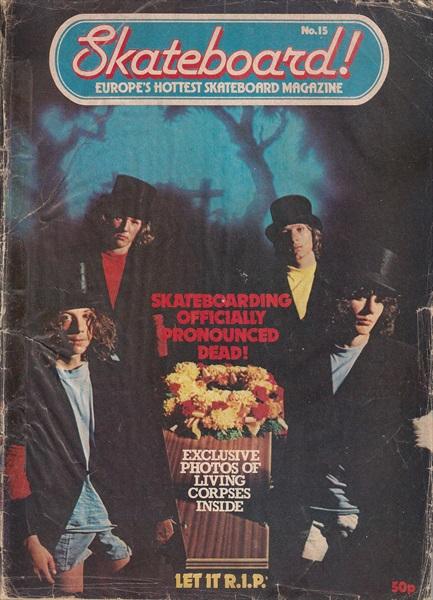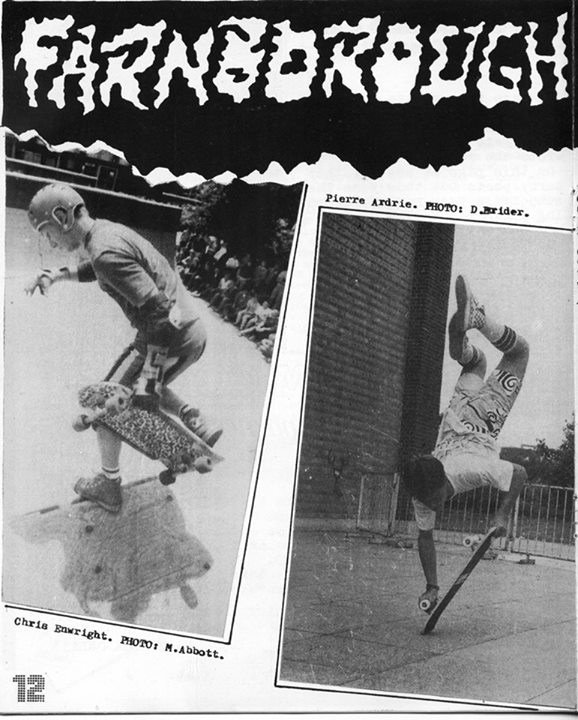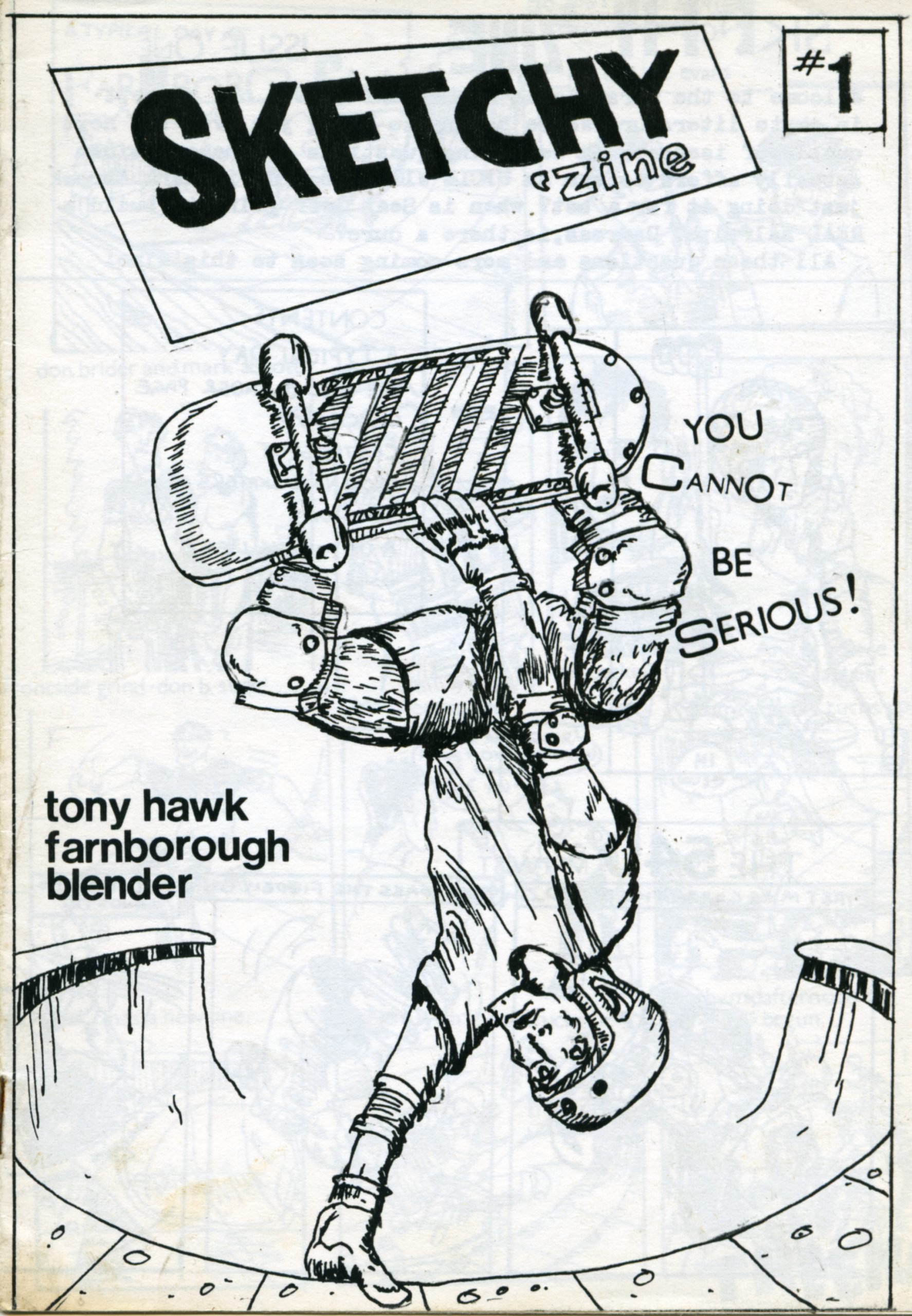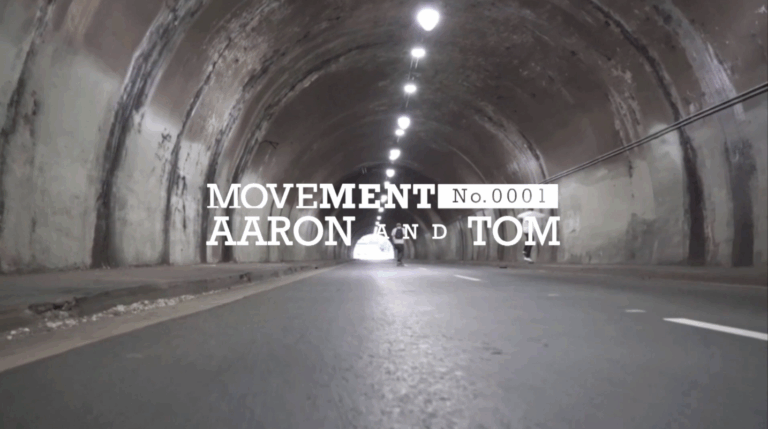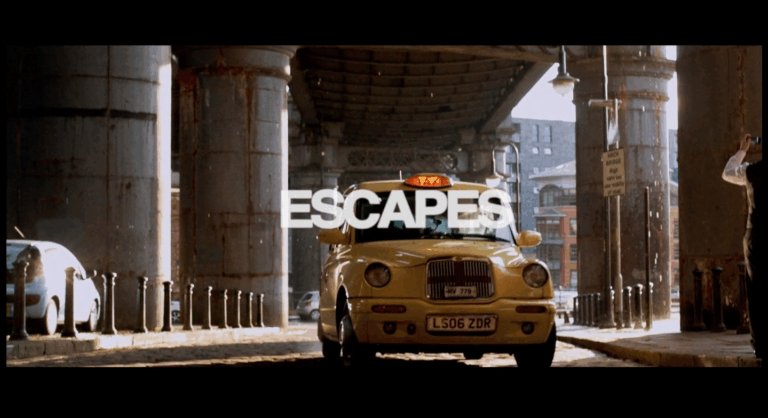Words by Jason Caines
Scans by Don Brider
No Comply Network illustration by Trav Wardle – backdownwarchild.co.uk
I’d like to take you back in time to a period before websites and before UK skate mags such as Sidewalk, in the late 1970’s and 1980’s when skaters made their own skate zines and didn’t need to please advertisers to document the skateboarding happening around them.
In this age, skate zines were mostly handwritten, a few were typed and their content and quality ranged from the fancy, glossy paged Alpine Newsletter of the 70’s to Steve Douglas’ self confessedly cruel and puerile 80’s zine Guttersluts. These zines became part of a wider self publishing D.I.Y culture that really pushed the envelopes of creativity and ingenuity; not just of UK skateboarding but of D.I.Y culture itself. Here’s how they did it and what it was all about.

